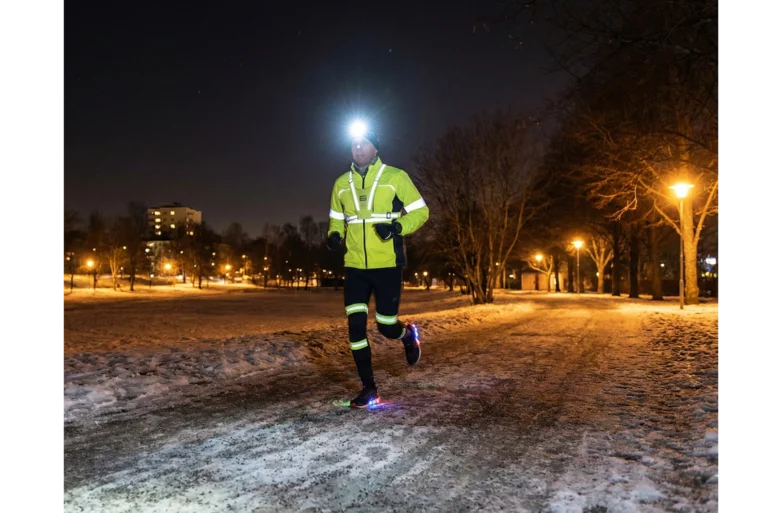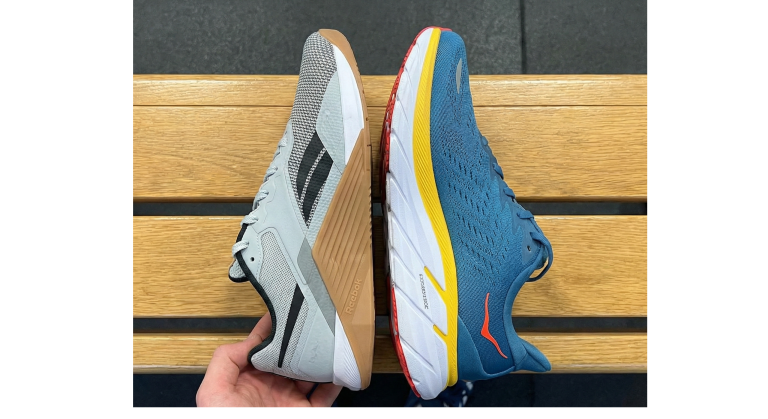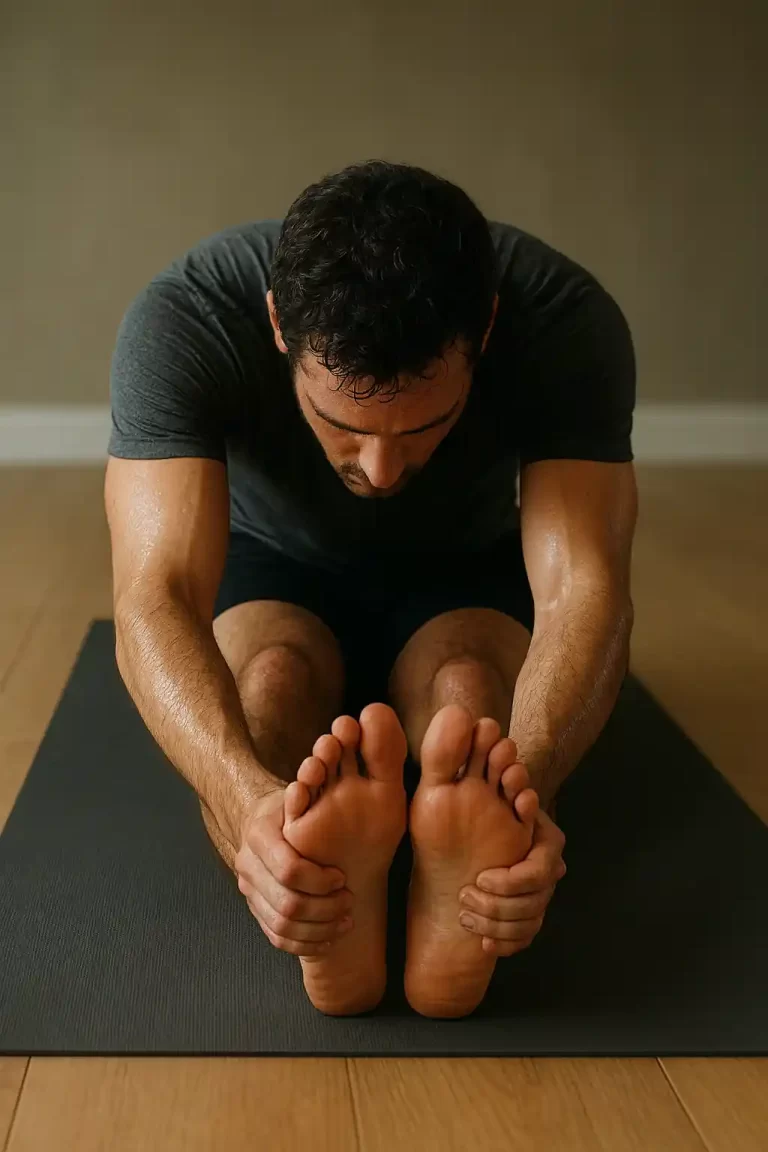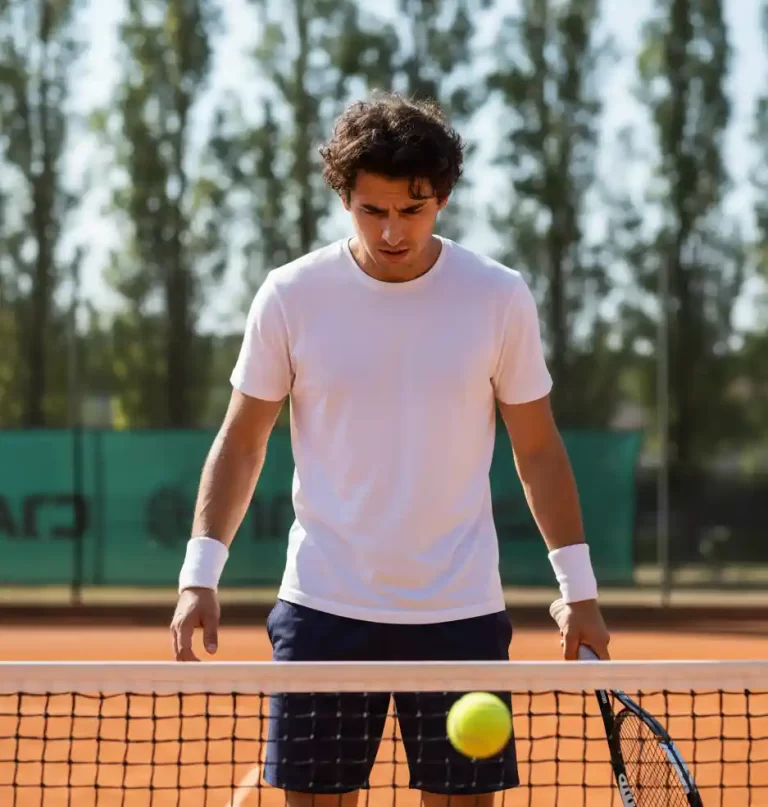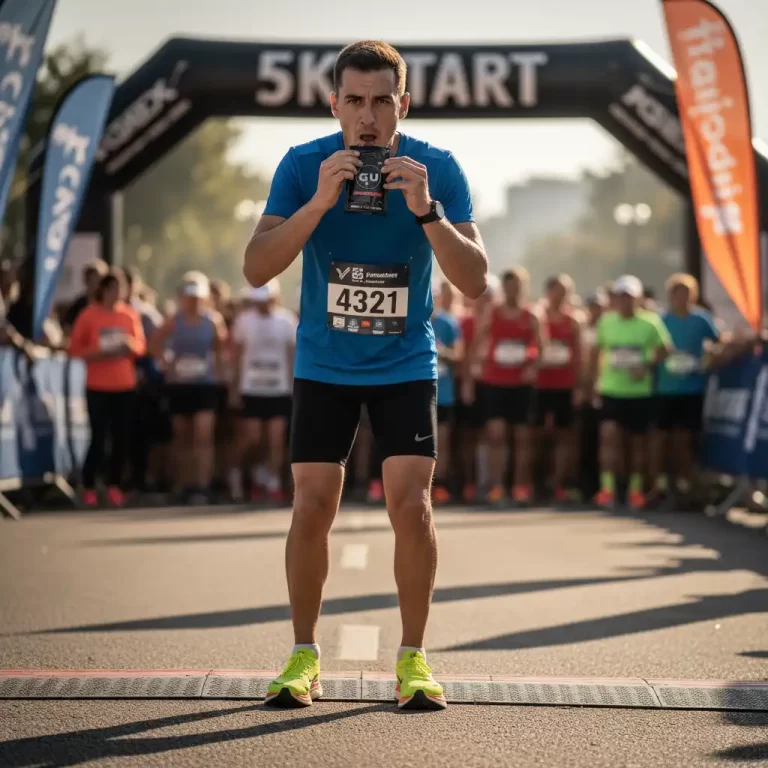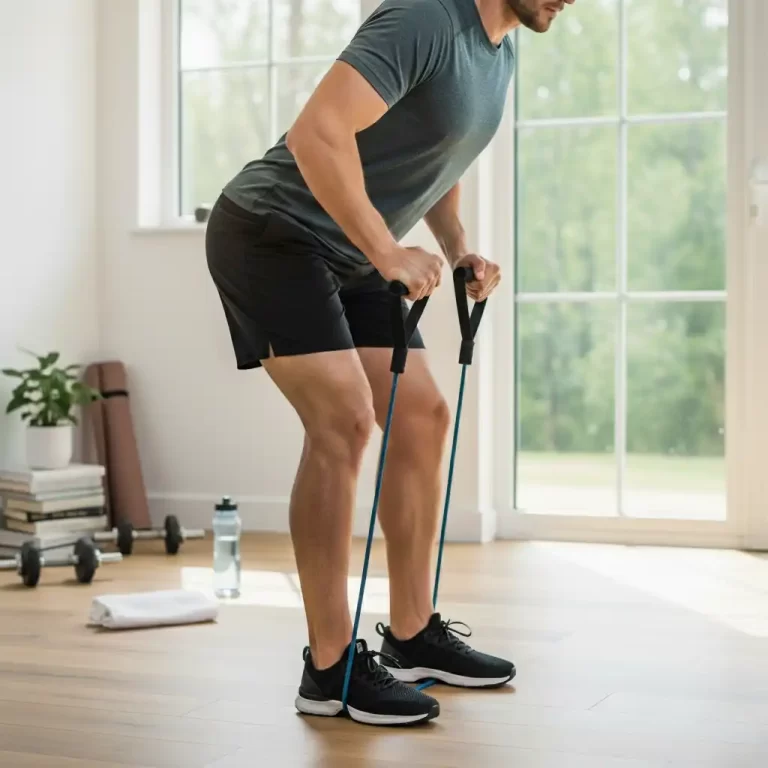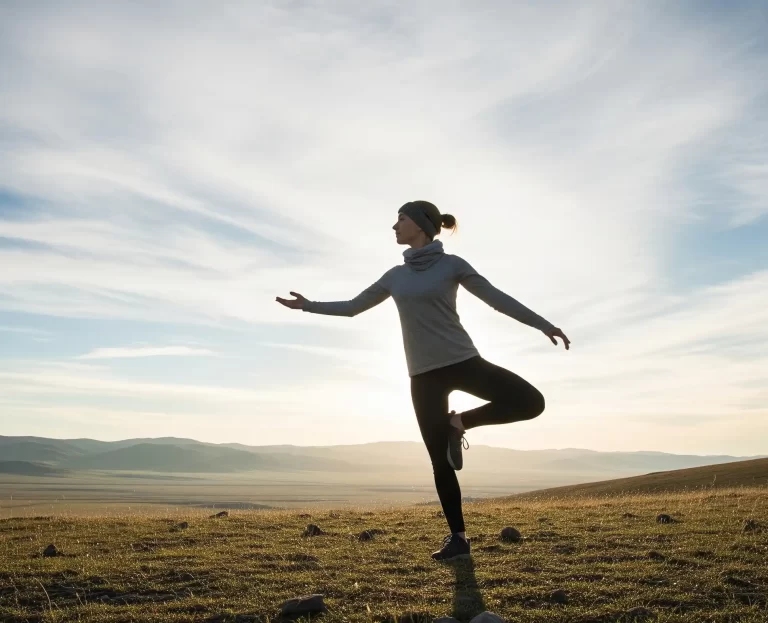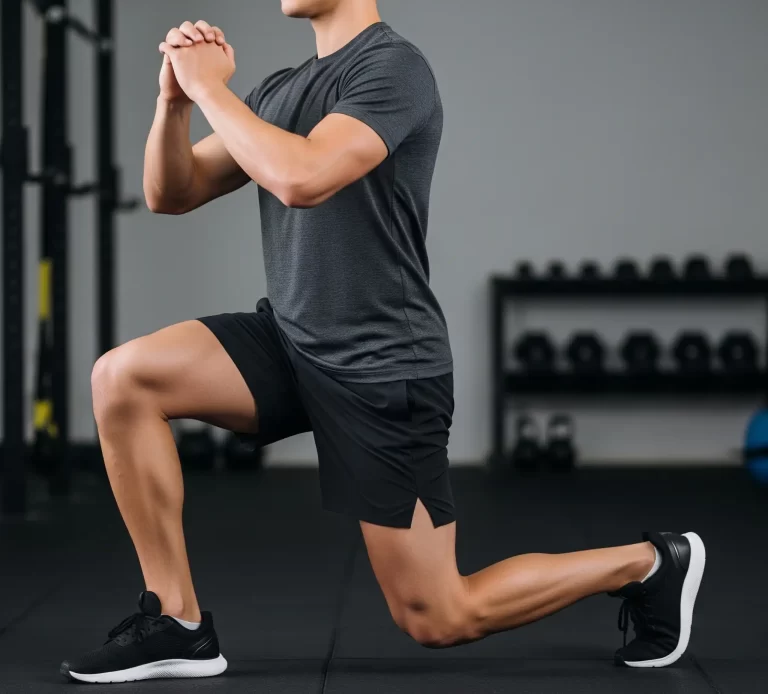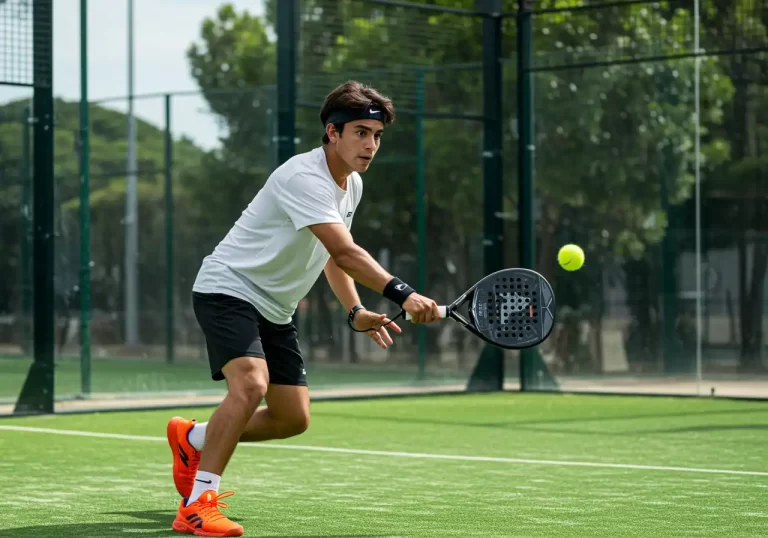Winter is here, and with it comes shorter days and longer nights. For many of us with 9-to-5 jobs…
When starting a new sport, one of the main issues you face is buying gear—especially the footwear…
I bet you have heard about hot yoga, a huge trend that has been aroynd for years, promising deeper…
So, you’ve started playing tennis. You’ve probably realized by now that the ads showing…
You’ve decided to start running. Maybe you’ve seen the relentless online enthusiasm for its…
When you think about starting strength training, the first image that might come to mind is spending…
If you’ve ever tried balancing on one leg or walking along a narrow path, your first instinct is…
Fitness doesn’t have to be complicated or time-consuming. If simplicity, efficiency, and lasting…
Padel is a dynamic sport that is easier than tennis but that differentiates itself by its unique use…
